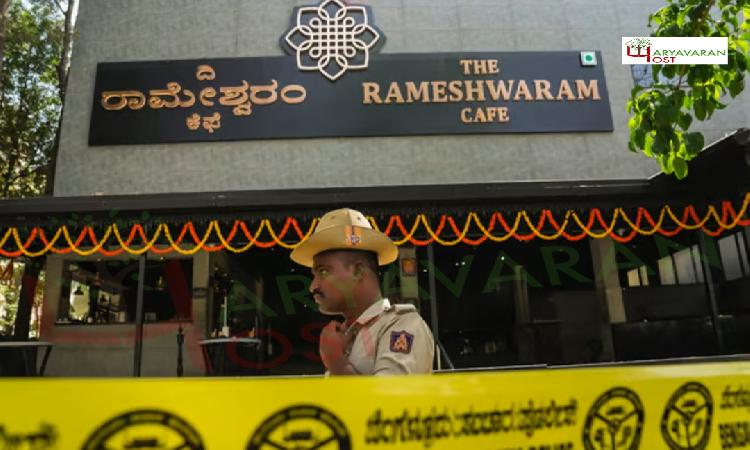

A National Investigation Agency (NIA) spokesperson announced on Friday that two absconders in the Bengaluru Rameswaram Cafe blast case had been apprehended from West Bengal. The spokesperson stated that one of the absconders had planted the low-intensity Improvised Explosive Device (IED), while the other was the mastermind responsible for the planning and execution of the attack.
The two were named by the spokesperson as Mussavir Hussain Shazeb and Abul Matheen Taha in a statement. It also stated that Shazeb is the one who is suspected of planting the IED at the café, and that the two were found hiding out close to Kolkata. "Taha is the mastermind behind the explosion's planning, execution, and subsequent escape from the hands of the law."
According to people with knowledge of the situation, the two were residing in Kolkata under false pretenses and orchestrated the explosion in concert with a few suspects connected to ISIS. Shazeb was allegedly captured on CCTV near the cafe and then on buses in Karnataka following the explosion.
The spokesman stated that the NIA, Central Intelligence agencies, State Police agencies of West Bengal, Telangana, Karnataka, and Kerala police, as well as other agencies successfully and ably assisted the pursuit of the two accused.
On March 27, Muzammil Shareef was first taken into custody in connection with the investigation. He was accused of supplying the low-intensity IED blast planning and execution with supplies such cell phones and fictitious SIM cards, which resulted in nine injuries.
When the bomb went off at the crowded Rameswaram Cafe, several agencies looked into it. Following an initial probe, a man who had left an unknown bag close to the cash register was identified.
Authorities found a timer and a battery at the explosion site, which suggests the detonation was planned. Images captured in the instant aftermath of the explosion showed terrified people fleeing the scene in order to protect themselves from fire, smoke, broken glass, and scattered furniture.
In relation to the explosion, a case was filed under the Explosives Act and the Unlawful Activities (Prevention) Act, two anti-terror laws.